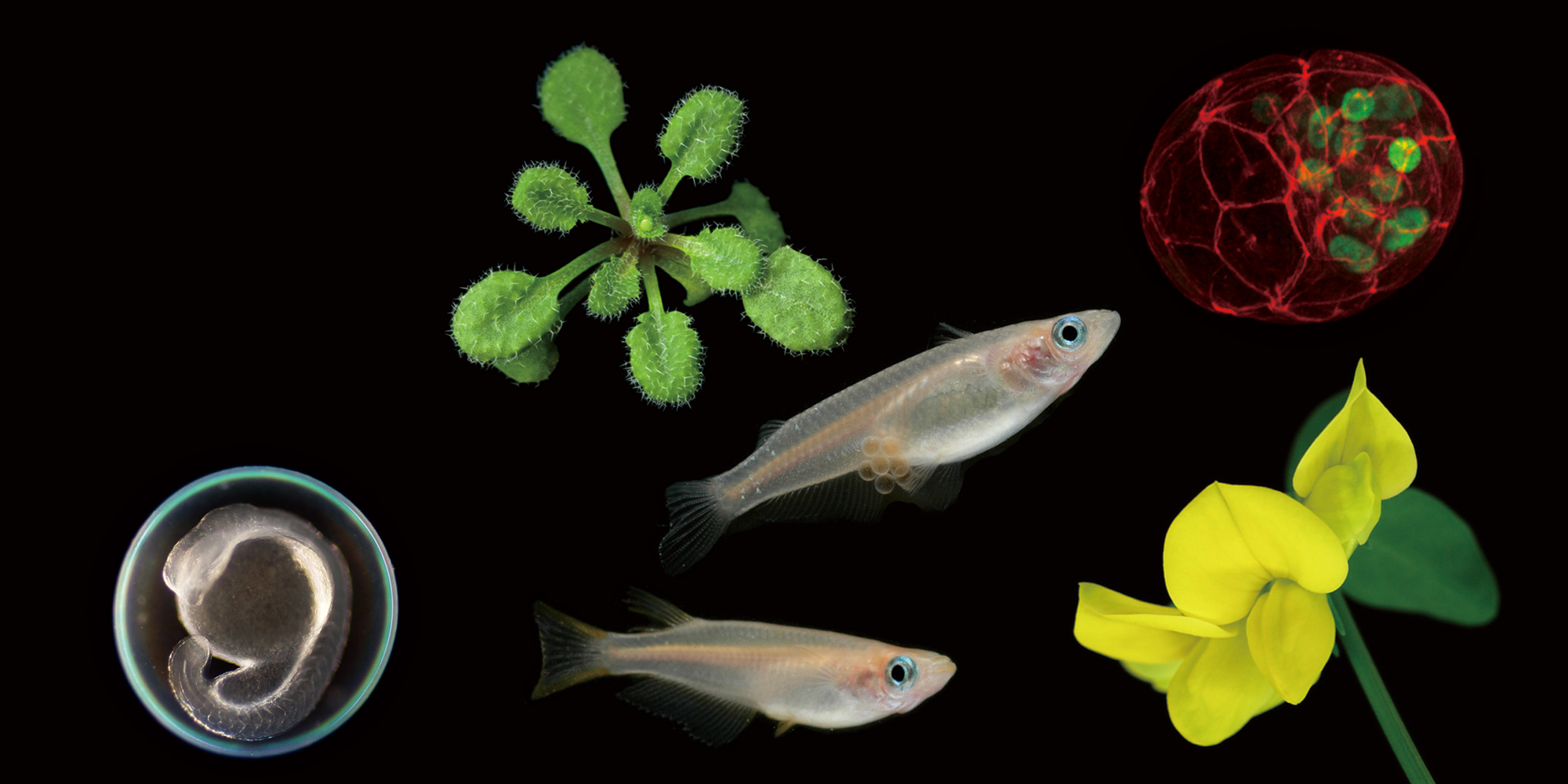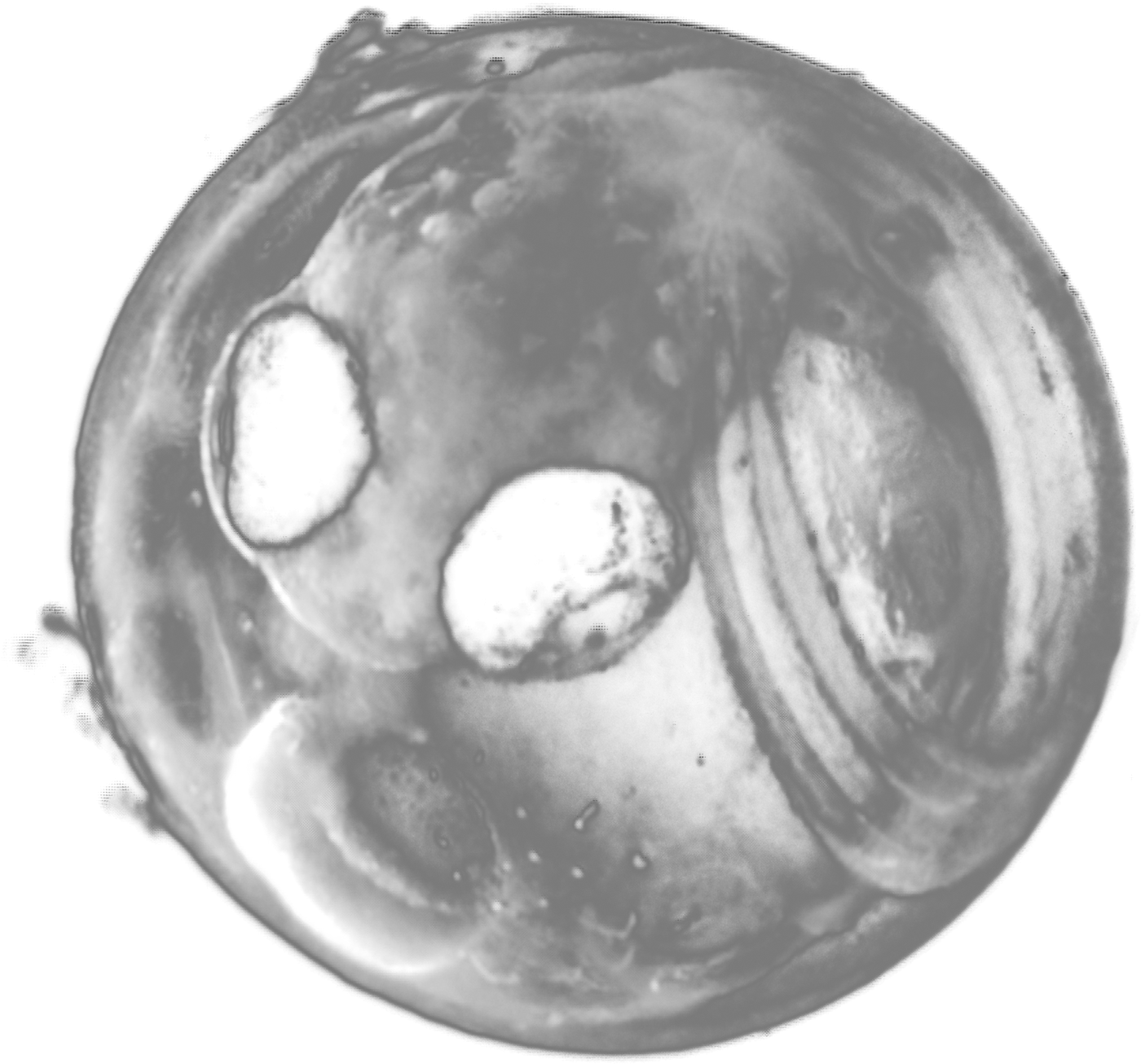2007.10.29 部門公開セミナー
Contaminant-induced Alterations of Alligator Reproduction: From Genes to Populations
Dr. Louis J. Guillette Jr. (Department of Zoology, University of Florida)
2007年10月29日(月) 17:00 より 18:00 まで
山手地区3号館2階共通セミナー室
分子環境生物学研究部門 井口 泰泉 内線5235
For over a century, wildlife and other animals have been used to predict the potential detrimental or beneficial human health effects of various environmental factors. These factors range from dietary and pharmaceutical effects to exposures to toxic chemicals. As the molecular, cellular and physiological mechanisms underlying the biology of reproduction in vertebrates are clarified, we are able to determine with better assurance, which endpoints are important indicators of compromised reproductive potential. Studies examining the reproductive biology of an wide array of vertebrate species, from fish to non-primate mammals, indicated that exposure to various common environmental contaminants have the potential to disrupt the development and functioning of the reproductive, endocrine and neuroendocrine systems. Effects can occur at ecologically relevant concentrations.
Specifically, studies of fish, amphibians, reptiles, birds and non-primate mammals indicate that developmental exposure to compounds such as various pesticides, plasticizers, industrial waste products, chemical stabilizers, pharmaceutics, plant secondary compounds (phytoestrogens) and flame retardants alter the development of the ovary or testis, for example, leading to compromises in reproductive potential. One example involves the formation of an ovarian condition termed the multioocytic (multiovular) follicle in which an individual ovarian follicle has multiple oocytes,
instead of a single oocyte that is normal. This condition has been associated with reduced fertility and an elevated frequency of death of early embryos. Several laboratories have now shown that this condition can be induced in laboratory rodents at high frequency following the exposure of the embryonic or neonatal female to chemicals with estrogenic action. Likewise, developing female alligators exposed to elevated concentrations of various pesticides exhibit a similar condition. Recent experimental studies have shown that this condition could be associated with altered functioning
of a common pathway found in all vertebrate ovaries involving the activin-inhibin-follistatin signaling system. These data appear to correlate well with similar alterations reported in the DES daughter population.
This is but one example of the growing literature demonstrating the common relationships in the biology of reproduction among vertebrates. Although each species has its unique attributes, significant conservation exists in the underlying molecular, cellular and physiological systems associated with vertebrate reproduction, allowing us, with a reasonable degree of caution, to use data from wildlife and other animal species to access potential environmental influences on the process of human reproduction.







